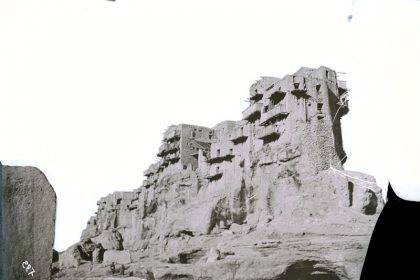The exhibition of valuable jade works of Golestan Palace's treasure was opened.
The India exhibition in Golestan of the exquisite jade collection of Golestan palace treasure was opened with the display of 127 pieces of Indian jade along with the documents of this exquisite collection in the Golestan World Heritage Collection.
The opening ceremony of the India exhibition in Golestan of the exquisite jade collection of the Golestan Palace was held in the presence of Ali Darabi, Deputy Minister and Deputy Minister of Cultural Heritage and Indian Ambassador to Iran, Rudra Kaura, at noon today, Monday, March 14, 1402, at the World Heritage Collection of Golestan Palace.
At the beginning of this ceremony, Afarin Emami, director of the World Heritage Collection of Golestan Palace, said:
Jade is one of the most important commercial goods traded through the Silk Road. According to the conducted research, most of the exquisite objects of the world heritage of Golestan Palace belong to Indian artists and indicate the cultural and political relations between Iran and India during the Qajar period.
Further, Masoud Seyed Bankdar, the researcher of this collection, said about the research done on this exquisite collection:
Jade is one of the most important jewels in the history of Iran, which is mentioned in various texts, including the history of Beyhaqi.
The researcher of the exquisite jade collection of Golestan Palace continued:
First, these hundred pieces of jade were collected from different reservoirs of Golestan Palace, and then their historical background and use were identified through the documents in the Golestan collection.
Later, after the music performance by the Indian band Shahid Niazi, Rudra Kaura, the ambassador of India in Iran, gave a speech. He called this exhibition an important symbol of the connection between Iran and India as well as traditional and civilizational commonalities over the centuries and said:
This collection is only an example of the commonality between Iran and India. There are many Persian manuscripts in India and the first Persian newspaper was printed in Bengal. The Indian government places great emphasis on teaching and preserving the Persian language, and Persian is one of the nine languages taught in Indian schools.
The India exhibition in Golestan, the collection of exquisite jades from the Golestan Palace's treasure, includes 127 objects, such as an inlaid marble trick, an inlaid jade milk and sugar jug, a square salt shaker of gilded jade inlaid with a Salmani spoon, a Safavid jade frame and cup, an inlaid kharaj wallet, which will last for two months. It will be erected and can be visited by the public.
Photos: Kajaro Ehsan Rostamipour
RCO NEWS

















